The best TV reboots of the 21st century
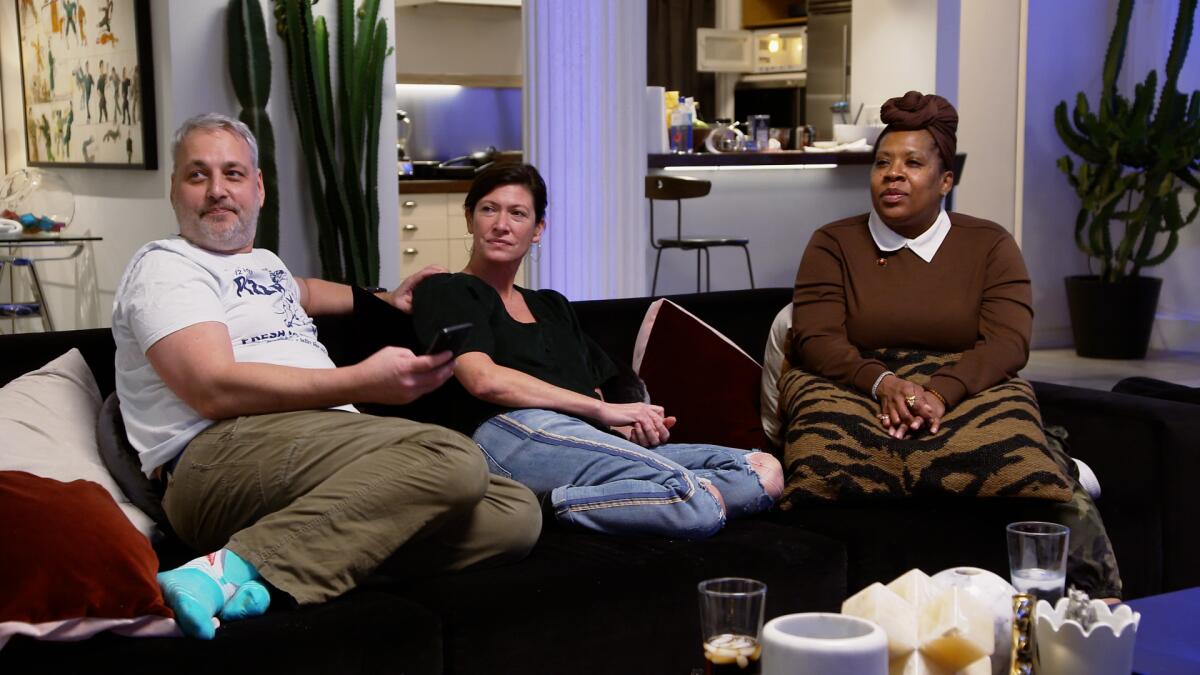
Welcome to Screen Gab, the newsletter for everyone who feels like everything old is new again.
With the premiere of “Bel-Air,” filmmaker Morgan Cooper’s dramatic reimagining of “The Fresh Prince of Bel-Air,” The Times’ TV team started talking — like, a lot — about the state of the TV reboot. From top-to-bottom remakes to nostalgic revivals, the “reboot,” broadly defined, has become more ubiquitous than ever in the age of streaming, peak TV and the almighty IP. And many of them — like, a lot — have been awful. We won’t soon forget “And Just Like That”!
But “Bel-Air,” which TV critic Robert Lloyd praised for both “honoring the original” and “taking it somewhere new,” suggests that the form can come from a place of enthusiasm and sincerity, rather than mere marketing savvy. So, rather than focus on the negative, the team got together to select our favorite reboots, and to try to explain why they work. Programmers, take note.
The complete guide to home viewing
Get Screen Gab for everything about the TV shows and streaming movies everyone’s talking about.
You may occasionally receive promotional content from the Los Angeles Times.
‘Battlestar Galactica’ (Peacock)
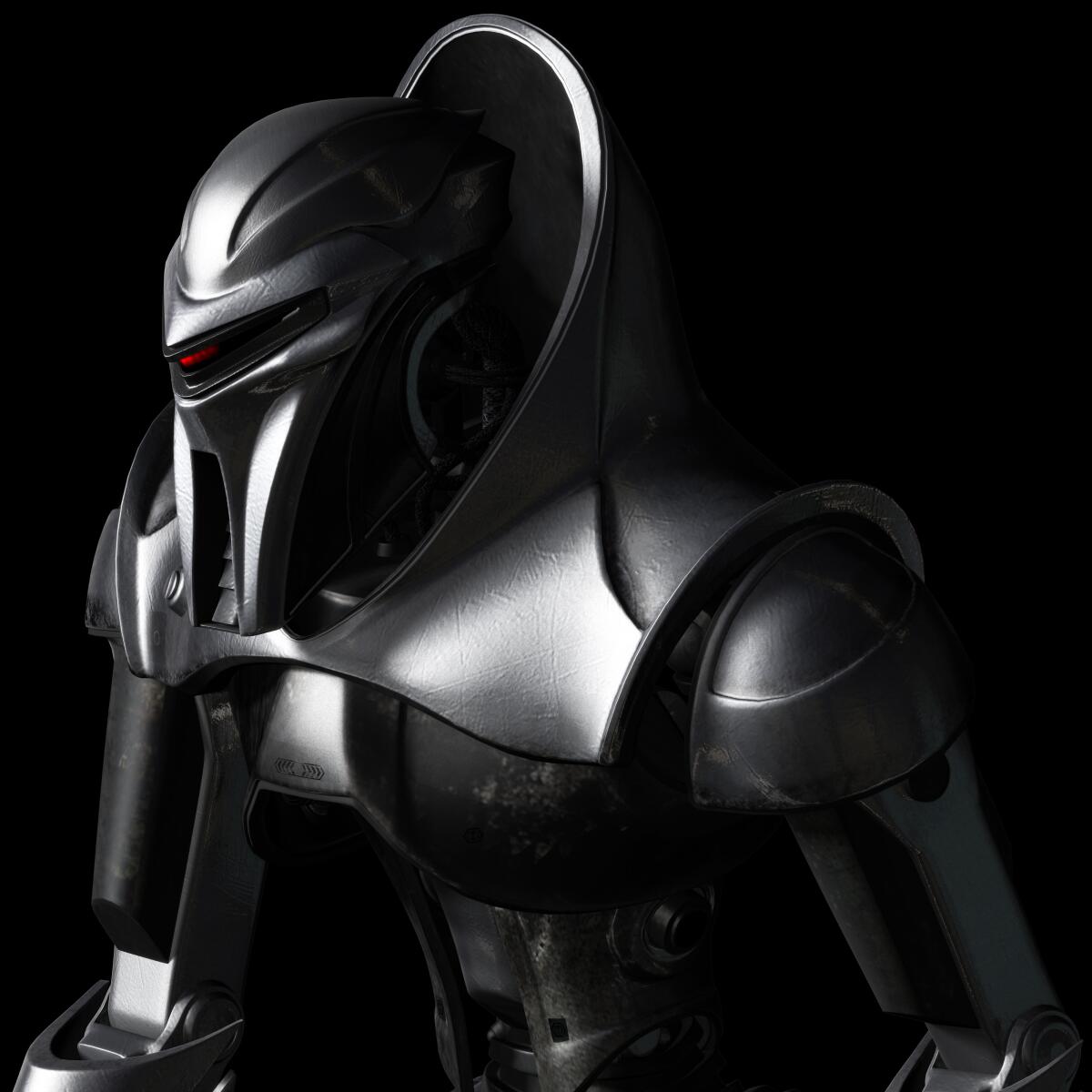
The “Battlestar Galactica” miniseries (2003) and the series that followed from 2004-09 on Sci-Fi (pre-name change to Syfy) were a tonal shift from the airy original 1978 space shoot-’em-up. Debuting amid rumbling about the swaggering “Starbuck” now being a woman, the show changed the conversation to its rallying cry of “So say we all,” class, religion and humanity. And to Katee Sackhoff‘s fiery and nuanced portrayal of the fighter pilot, part of an ensemble of rich, well-written characters played by a talented, diverse cast including Oscar nominees Edward James Olmos and Mary McDonnell. The last of humanity is on the run through space after the Cylons — robots who evolved to not only emulate humans’ looks but also their religious fervor and feelings of superiority — led an uprising. Though the Ronald D. Moore-run series could preach, and often did through Number 6 (Tricia Helfer), it was no scholarly tome about man’s inhumanity to pseudo-man. This drama put in the work to become an allegory with a conscience that was worth the reboot. — Dawn M. Burkes
‘The Conners’ (ABC)
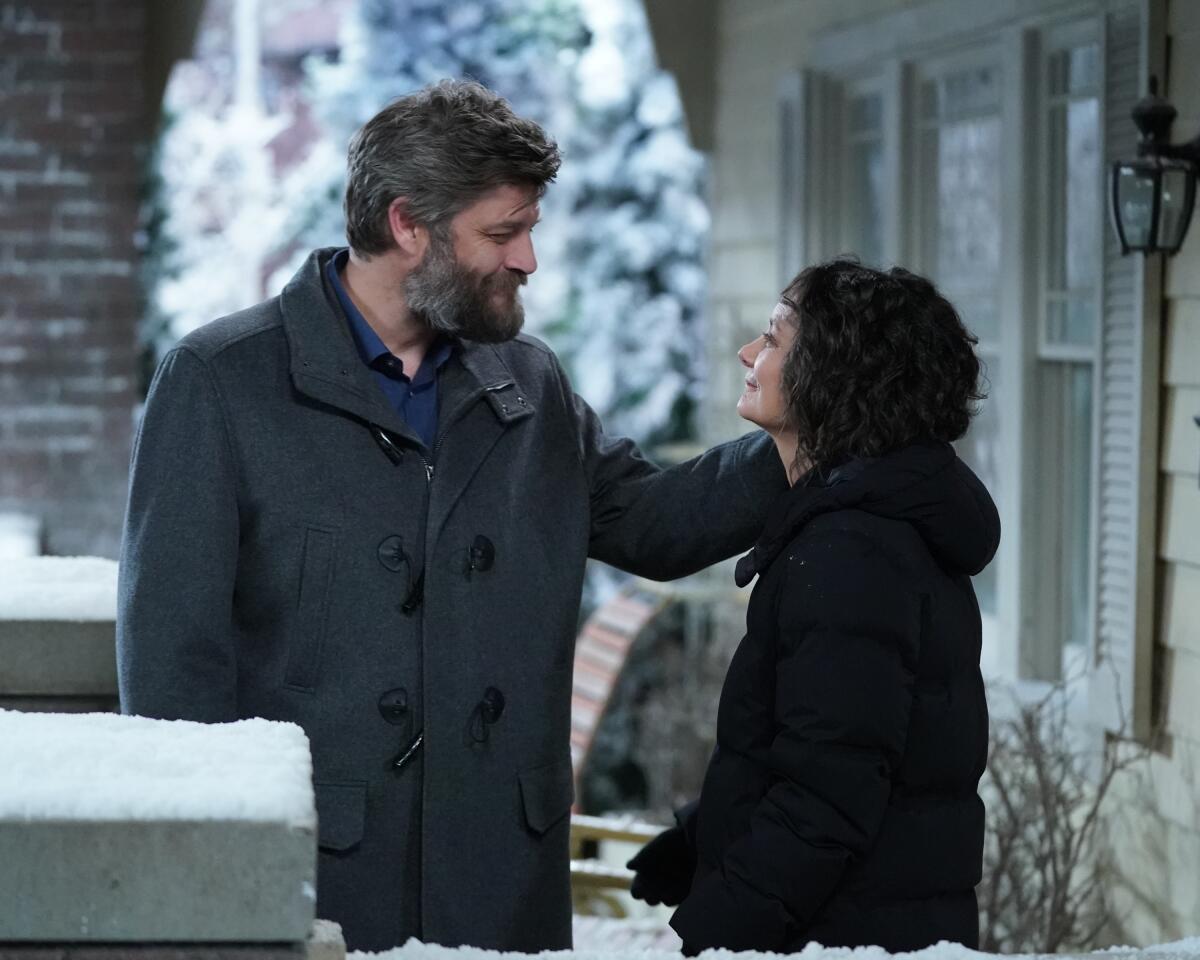
Roseanne Barr was always the star and the force of nature behind the hit family comedy “Roseanne.” So when Barr was fired by ABC executives in 2018 for posting racist tweets while the series was in the throes of success in its second reboot, it appeared doubtful that the series could continue. But “The Conners” beat the odds, continuing its mix of sharp one-liners and humorous family dynamics while maintaining its perspective on a struggling blue-collar family that always brought an edge to the comedy. John Goodman, Sara Gilbert, Laurie Metcalf and other cast members have evolved into a reliable and smooth-running ensemble. —Greg Braxton
‘DuckTales’ (Disney+)
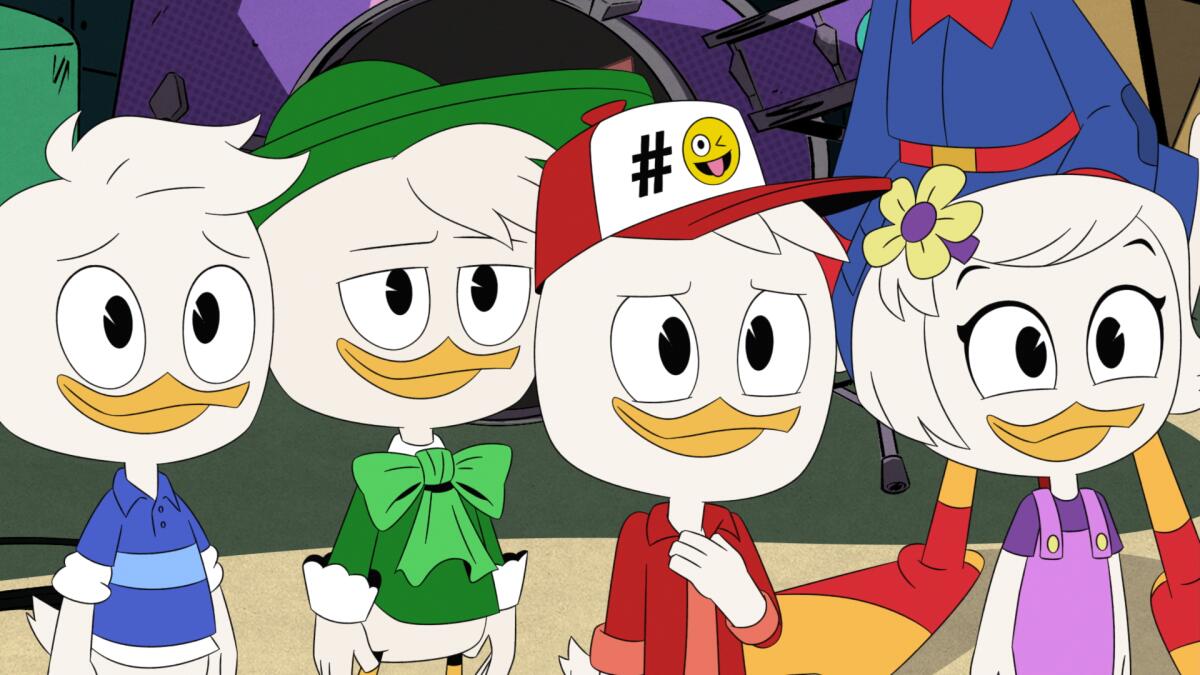
“DuckTales” boasts one of the catchiest TV theme songs and it has been seared into my brain since childhood. Following the animated adventures of the cranky yet lovable billionaire Scrooge McDuck, his rambunctious triplet great-nephews Huey, Dewey and Louie and other memorable characters, the original 1987 series kicked off a wave of classic Disney Afternoon favorites including “Chip ’n Dale: Rescue Rangers,” “TaleSpin” and “Darkwing Duck.” The 2017 “DuckTales” reboot is a standout that channels the heart of the original series while incorporating astute and vital updates for a character-driven adventure series about family that is as funny as it is prone to tug at heartstrings. For starters, this time the triplets have distinct personalities that make them distinguishable beyond the color of their clothes. Both the original and the reboot series are available to stream. —Tracy Brown
‘Lost in Space’ (Netflix)
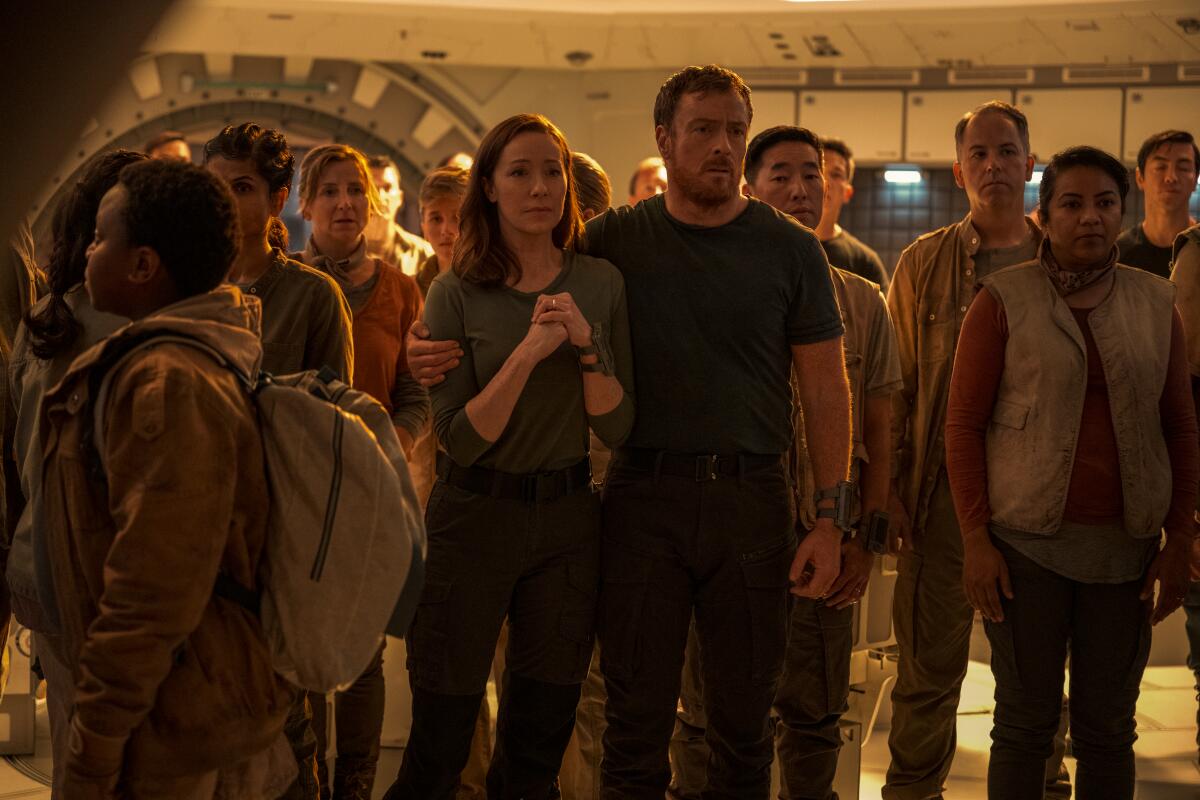
Netflix’s 2018 expansion of “Lost in Space” — the 1960s space-going turn on “The Swiss Family Robinson” featuring a family named Robinson marooned on a distant planet made of papier-mache rocks and cyclorama skies and regularly visited by Halloween-party aliens — made for a handsome, suspenseful and frequently moving three-season serial. As before, at its center are a boy and his robot, but the Robinsons, whose original characters were shallow and dynamics static, have been grown into people with ambitions, needs and issues, with the invaluable Parker Posey as a complicated, situationally villainous, situationally heroic Dr. Smith. The abundant CGI (planets, spacecraft, army of bad robots) is casually convincing. Unlike its soundstage-bound forerunner, the reboot takes you places. —Robert Lloyd
‘One Day at a Time’ (Netflix)
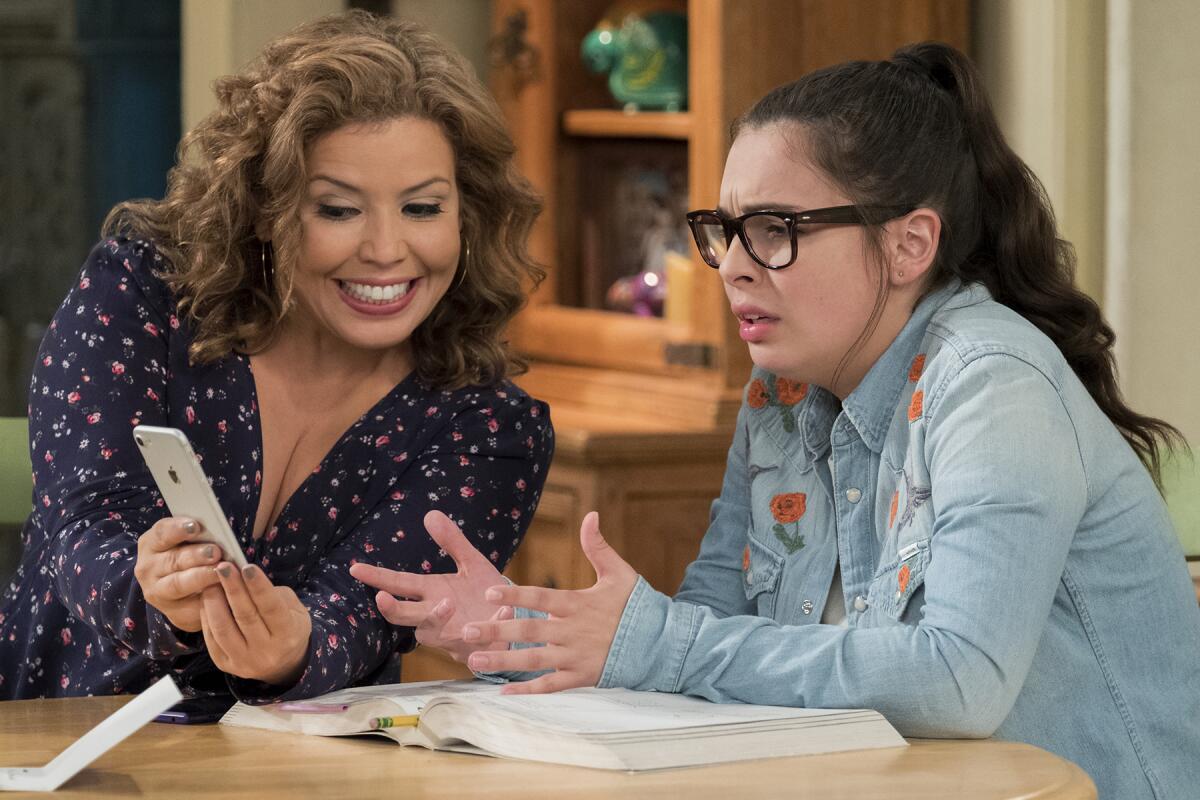
It’s not often working-class Latino families can see themselves reflected on TV. In its short run, “One Day at a Time,” a current and relatable update of the classic sitcom developed by Norman Lear, brought that visibility. In the care of co-showrunners Gloria Calderón Kellett and Mike Royce, the heartfelt family sitcom followed the lives of a multigenerational Cuban American family living in Los Angeles: Justina Machado starred as Penelope, a war veteran and recently single mother of two teenage children — Elena (Isabella Gomez) and Alex (Marcel Ruiz) — living with her spirited and meddling mother played by Rita Moreno. The series skillfully explored social and cultural issues such as immigration, mental illness, addiction, queer identity and racism without losing sight of its charm or comedic timing. And its theme song sung by Gloria Estefan was a masterclass in hyping. —Yvonne Villarreal
‘Queer Eye’ (Netflix)
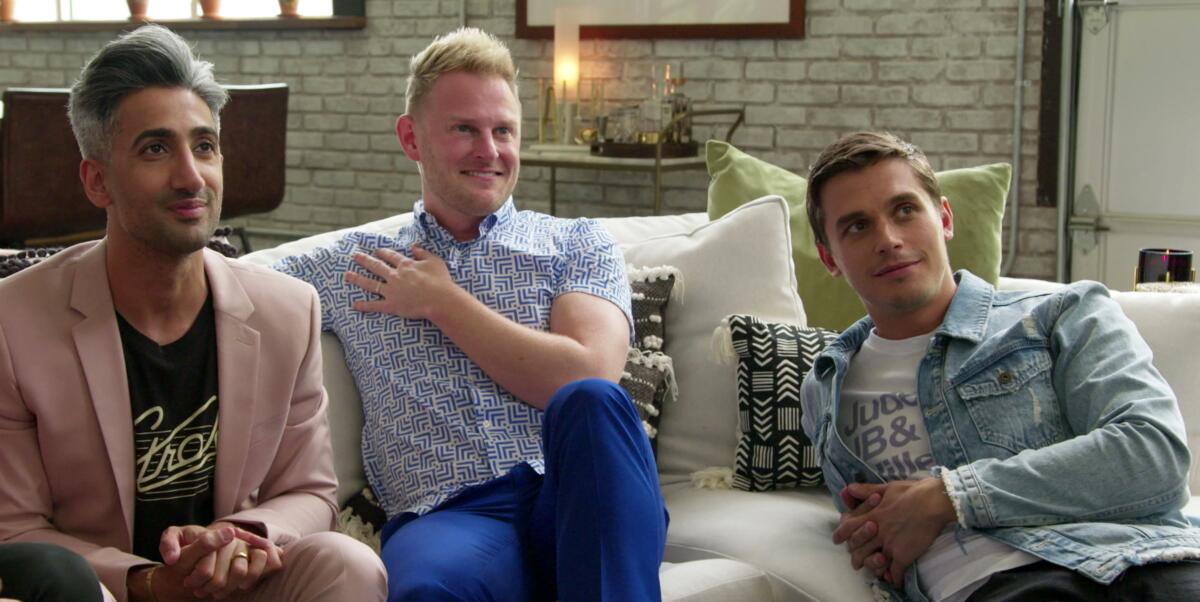
Bravo’s early-aughts makeover show “Queer Eye for the Straight Guy” was a phenomenon in its own right. And yet Netflix’s reboot has managed to add to that legacy, with a more diverse Fab Five and a conscious effort to address tougher topics like race and mental health with its subjects (who aren’t only straight men!) and among each other. Since its 2018 debut, the series has aired six seasons, specials and a Japan-set spinoff, and turned Bobby Berk (design), Karamo Brown (culture), Tan France (fashion), Antoni Porowski (food and wine) and Jonathan Van Ness (grooming) into stars. And there’s no measuring how many times an emotional breakthrough has made me cry. —Ashley Lee
‘Real World Homecoming: New York’ (Paramount+)
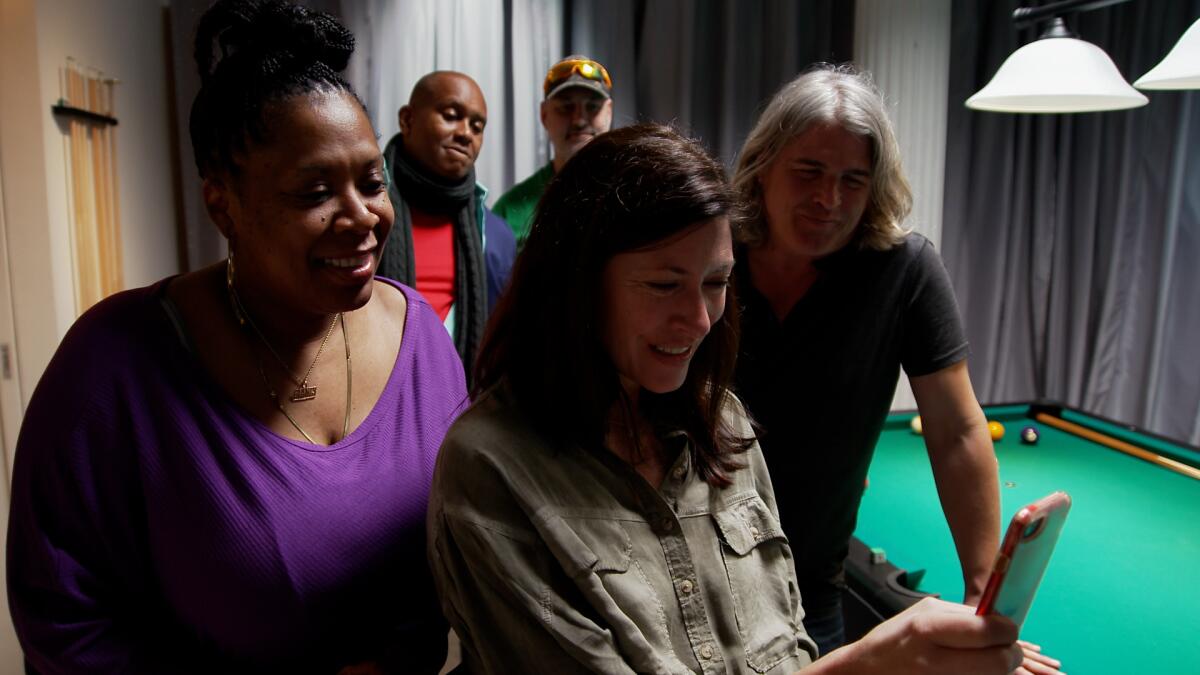
The best revivals embrace the passage of time rather than trying to re-create the past, which is what made “The Real World Homecoming: New York” such a bittersweet success when it arrived last year. Filmed just days after the U.S. Capitol insurrection in early 2021 and designed to get Gen Xers to sign up for Paramount+, the six-episode season followed the original cast of “The Real World.” Now in their 40s and 50s, they returned to the Soho loft where they taped the groundbreaking MTV show in 1992. (Roommate Eric Nies, who tested positive for the coronavirus, was present virtually.) Older, mostly wiser and forever bonded by their participation in one of TV’s most influential experiments, the roommates shared thoughtful conversations on race, gender, sexuality and their unexpectedly transformational role in American pop culture. Like the “Up” documentaries that inspired it, “The Real World Homecoming” is a fascinating attempt to reconcile who we used to be with who we are now. —Meredith Blake
The complete guide to home viewing
Get Screen Gab for everything about the TV shows and streaming movies everyone’s talking about.
You may occasionally receive promotional content from the Los Angeles Times.



